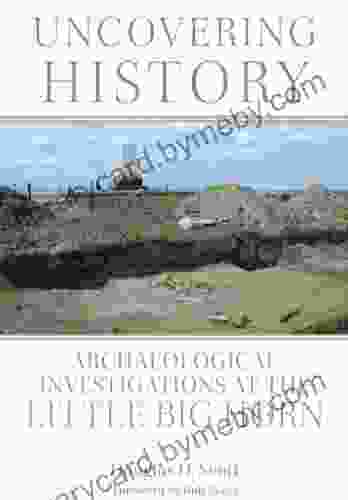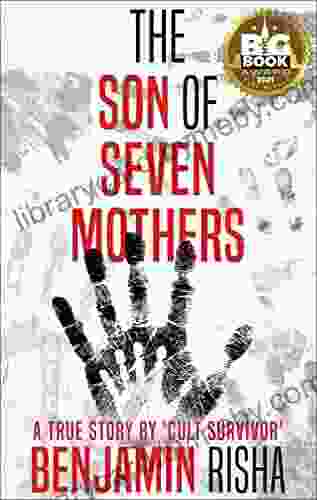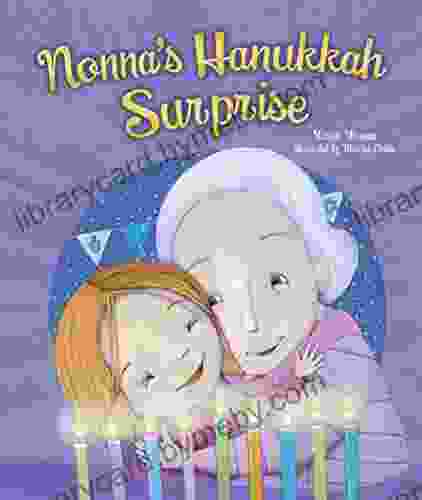Uncovering History: Archaeological Investigations at the Little Bighorn

4.3 out of 5
| Language | : | English |
| File size | : | 10719 KB |
| Text-to-Speech | : | Enabled |
| Screen Reader | : | Supported |
| Enhanced typesetting | : | Enabled |
| Word Wise | : | Enabled |
| Print length | : | 264 pages |
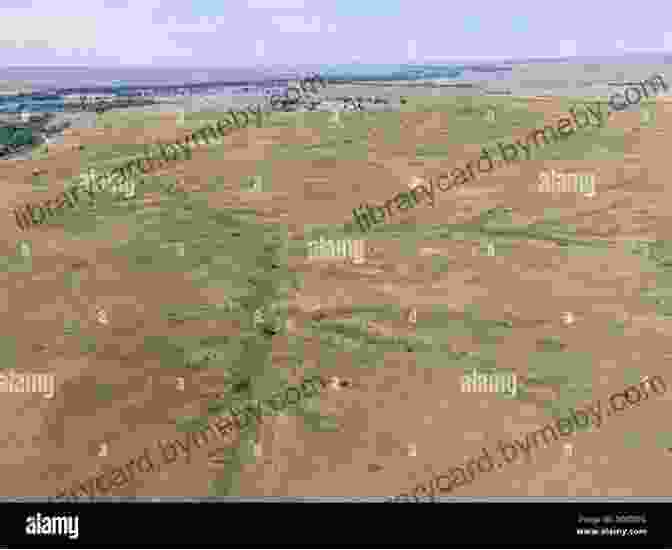
The Battle of the Little Bighorn, also known as Custer's Last Stand, is one of the most well-known and tragic events in American history. This pivotal battle, fought on June 25, 1876, between the United States Army and a coalition of Lakota, Northern Cheyenne, and Arapaho warriors, resulted in the deaths of Lieutenant Colonel George Armstrong Custer and all 264 men under his command.
In the years since the battle, the Little Bighorn Battlefield has become a National Historic Site and a popular tourist destination. However, much of the site remains unexcavated, and many questions about the battle still linger.
In recent years, a team of archaeologists from the National Park Service has been conducting a comprehensive study of the battlefield. This work has shed new light on the battle and its aftermath, and has helped to uncover the stories of the men who fought there.
The Archaeology of the Little Bighorn Battlefield
The archaeology of the Little Bighorn Battlefield is complex and challenging. The battle was fought over a large area, and the terrain is rugged and difficult to navigate. In addition, the battlefield has been heavily disturbed by human activity over the years, including grazing, farming, and construction.
Despite these challenges, the archaeologists have made significant progress in understanding the battle. They have identified the locations of many of the key events of the battle, including the site of Custer's Last Stand. They have also found a wealth of artifacts, including weapons, ammunition, clothing, and personal belongings.
The Findings
The archaeological findings at the Little Bighorn Battlefield have helped to shed light on many aspects of the battle. For example, the archaeologists have found evidence that the Native American warriors were not simply defending their territory, but were also actively seeking to engage the U.S. Army in battle. They have also found evidence that the battle was not as one-sided as once thought. The Native American warriors fought bravely and skillfully, and they inflicted heavy casualties on the U.S. Army.
The archaeological findings have also helped to uncover the stories of the men who fought at the Little Bighorn. The archaeologists have found the remains of several U.S. soldiers, and they have been able to identify some of them. They have also found the remains of several Native American warriors, and they are working to identify them as well.
The Significance
The archaeological investigations at the Little Bighorn Battlefield are significant for several reasons. First, they have helped to shed light on one of the most important events in American history. The battle was a turning point in the relationship between the United States and the Native American tribes, and it had a profound impact on the development of the American West.
Second, the archaeological investigations have helped to preserve the Little Bighorn Battlefield for future generations. The battlefield is a national treasure, and it is important to protect it from further disturbance. The archaeological work has helped to stabilize the site and to prevent further erosion.
Third, the archaeological investigations have helped to tell the stories of the men who fought at the Little Bighorn. These men were from all walks of life, and they had different backgrounds and motivations. The archaeological findings have helped to humanize the battle and to make it more relatable to modern audiences.
The archaeological investigations at the Little Bighorn Battlefield are a valuable resource for historians, archaeologists, and anyone interested in American history. The work has shed light on one of the most important events in American history, and it has helped to preserve the battlefield for future generations. The archaeological findings have also helped to tell the stories of the men who fought at the Little Bighorn, and they have made the battle more relatable to modern audiences.
4.3 out of 5
| Language | : | English |
| File size | : | 10719 KB |
| Text-to-Speech | : | Enabled |
| Screen Reader | : | Supported |
| Enhanced typesetting | : | Enabled |
| Word Wise | : | Enabled |
| Print length | : | 264 pages |
Do you want to contribute by writing guest posts on this blog?
Please contact us and send us a resume of previous articles that you have written.
 Book
Book Novel
Novel Page
Page Chapter
Chapter Text
Text Story
Story Genre
Genre Reader
Reader Library
Library Paperback
Paperback E-book
E-book Magazine
Magazine Newspaper
Newspaper Paragraph
Paragraph Sentence
Sentence Bookmark
Bookmark Shelf
Shelf Glossary
Glossary Bibliography
Bibliography Foreword
Foreword Preface
Preface Synopsis
Synopsis Annotation
Annotation Footnote
Footnote Manuscript
Manuscript Scroll
Scroll Codex
Codex Tome
Tome Bestseller
Bestseller Classics
Classics Library card
Library card Narrative
Narrative Biography
Biography Autobiography
Autobiography Memoir
Memoir Reference
Reference Encyclopedia
Encyclopedia Linda Eyre
Linda Eyre Ingrid Sawubona
Ingrid Sawubona Christian Beamish
Christian Beamish Dr Steven R Gundry
Dr Steven R Gundry Felix Bachmann
Felix Bachmann Bhavesh Mamtani
Bhavesh Mamtani Jefferson Davis
Jefferson Davis Steven Kroll
Steven Kroll Beverly Gray
Beverly Gray Bil Donovan
Bil Donovan Charlotte Zolotow
Charlotte Zolotow Jason William
Jason William Beth Cavenaugh
Beth Cavenaugh Don Peri
Don Peri W E B Du Bois
W E B Du Bois Shane Parrish
Shane Parrish Stephen Jones
Stephen Jones Blakely Little
Blakely Little Cynthia Sax
Cynthia Sax Blessing Agunloye
Blessing Agunloye
Light bulbAdvertise smarter! Our strategic ad space ensures maximum exposure. Reserve your spot today!

 Robert Louis StevensonUnlocking the Secrets of Success: A Comprehensive Review of 'Measuring...
Robert Louis StevensonUnlocking the Secrets of Success: A Comprehensive Review of 'Measuring...
 Jamie BlairThe Bare Necessities of Entrepreneurship and Start-Ups: A Comprehensive Guide...
Jamie BlairThe Bare Necessities of Entrepreneurship and Start-Ups: A Comprehensive Guide... Isaac MitchellFollow ·12.3k
Isaac MitchellFollow ·12.3k William ShakespeareFollow ·2.7k
William ShakespeareFollow ·2.7k Oscar WildeFollow ·17.1k
Oscar WildeFollow ·17.1k David MitchellFollow ·18.7k
David MitchellFollow ·18.7k Forrest BlairFollow ·14k
Forrest BlairFollow ·14k Earl WilliamsFollow ·8.8k
Earl WilliamsFollow ·8.8k Jake CarterFollow ·18.4k
Jake CarterFollow ·18.4k Chadwick PowellFollow ·6k
Chadwick PowellFollow ·6k

 Ivan Cox
Ivan CoxSpeak With Ease: The Ultimate Guide to Public Speaking...
By Rupika Raj ...
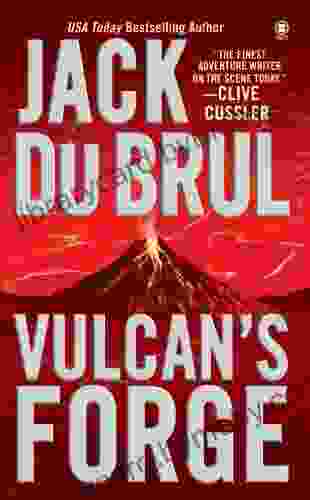
 Jesus Mitchell
Jesus MitchellVulcan Forge: A Suspense Thriller that Will Keep You on...
Vulcan Forge is...

 Dashawn Hayes
Dashawn HayesThe Carteret Family Bob Martin: A Comprehensive Review
Bob Martin's...
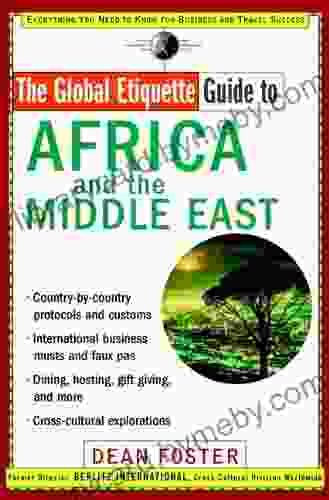
 Owen Simmons
Owen SimmonsUnlock the World of Cultural Nuances with "The Global...
Embark on a Journey of...
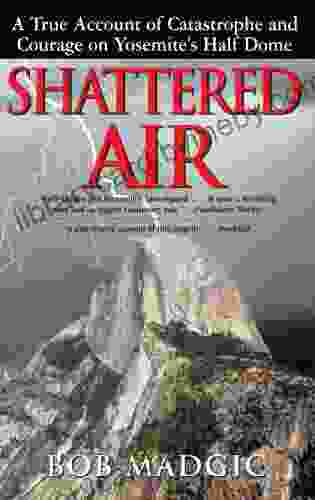
 Ian McEwan
Ian McEwanConquer the Mountain: True Account of Catastrophe and...
In the heart of California's stunning...
4.3 out of 5
| Language | : | English |
| File size | : | 10719 KB |
| Text-to-Speech | : | Enabled |
| Screen Reader | : | Supported |
| Enhanced typesetting | : | Enabled |
| Word Wise | : | Enabled |
| Print length | : | 264 pages |


